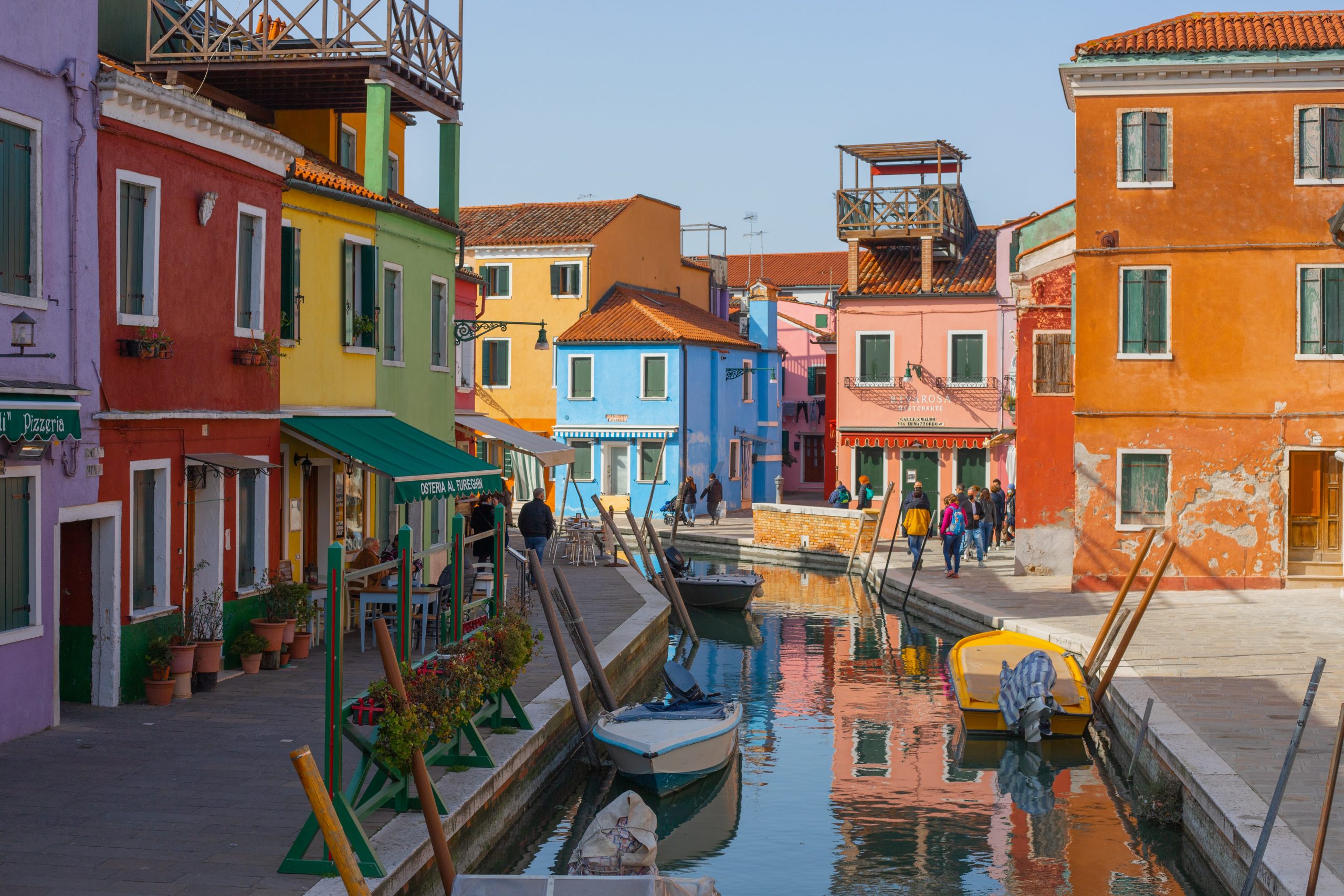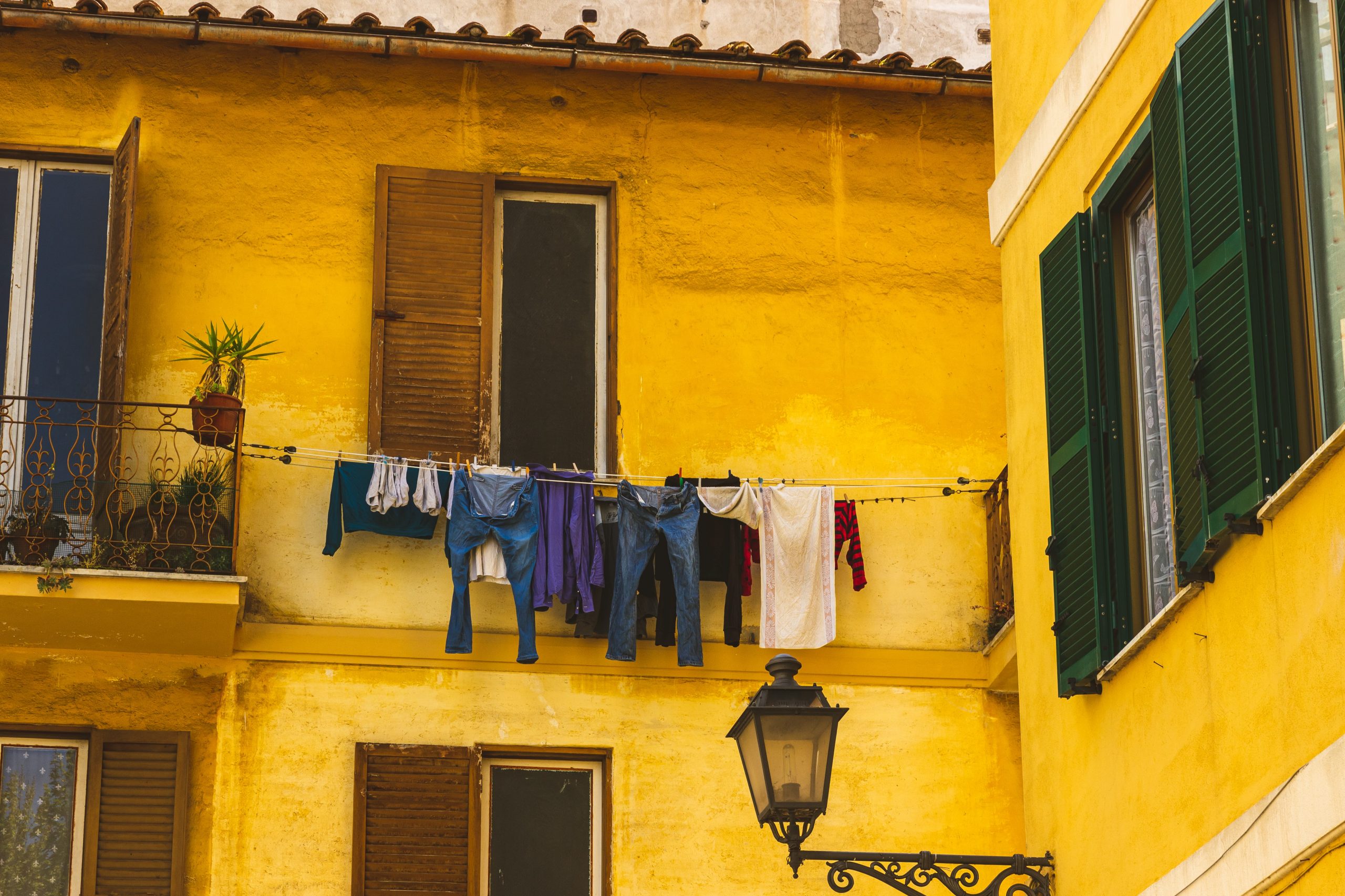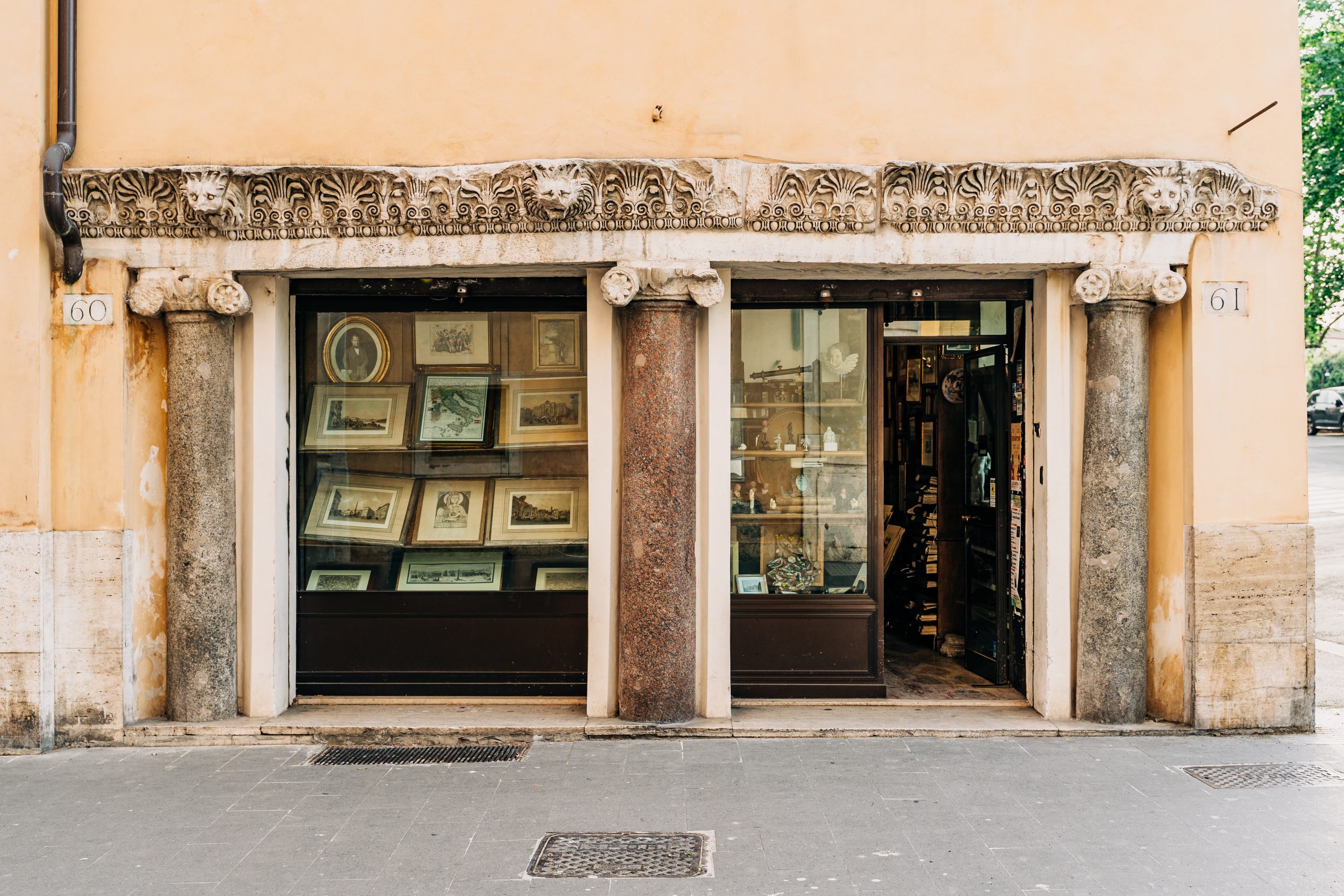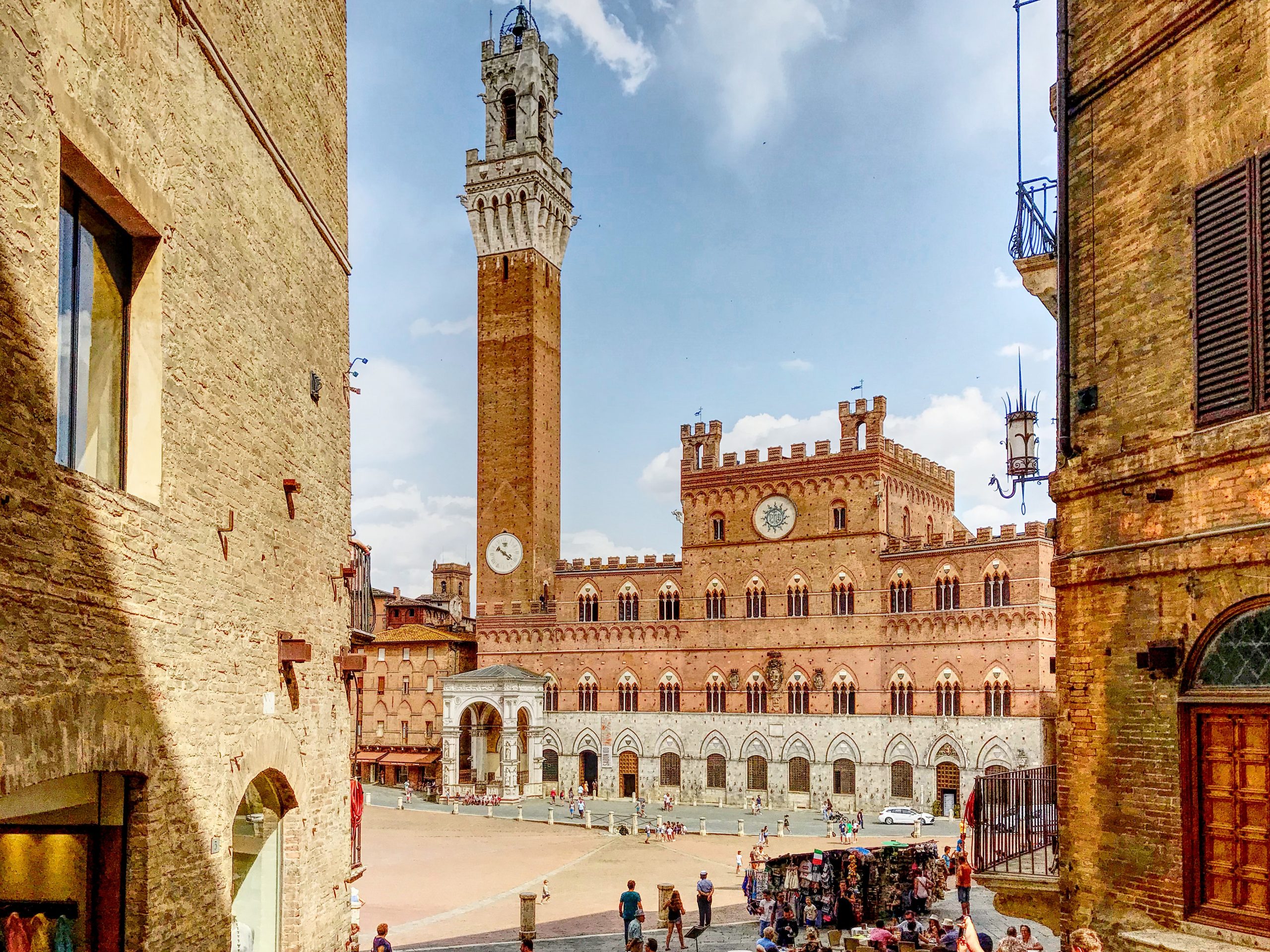Blog
Lì and là? Qui and qua? The Difference.
What is the difference between lì and là or qui or qua? If you have ever felt confused about whether to use lì or là or qui or qua when speaking in Italian, this post is for you. Let's get straight to the point... Your question may be whether there is...
Italian Present Tense
What's the present indicative tense in Italian? The Italian present tense is used to describe what is happening now or to talk about a general truth (e.g. gli Italiani parlano italiano). It's also used to say how long you've been doing something. English vs....
Italian Adjectives & Expressions to talk about someone’s Personality
Describing someone's personality in one's native language is difficult enough, let alone in a language we don't know well. Adjectives are commonly used to describe someone's personality. I've created a list of some of the most basic Italian adjectives to...
7 ways to say ”you’re welcome” in Italian
How many different ways do you know to say "you're welcome" in Italian? If you think prego is the most common, you might be surprised to learn that there are six other ways to say it. Check out the list below for more tips on how to be more pleasant and natural...
Italian Irregular Verbs
What's an irregular verb? One of the most common difficulties for learners is learning and remembering irregular Italian verbs. The irregular verbs are those that do not follow the standard conjugation rules, such as the verbs ending in -are, -ere, or -ire. There are...
Conoscere and Sapere: The Difference Explained
What's the difference between "sapere" and "conoscere"? If you came across this page, it's because you have been confused by using the Italian verbs sapere and conoscere. Fair enough. English (and other languages) uses only one verb, the verb "to know," to cover...
Imperfetto: A Simple Guide
What's the Imperfetto? The imperfect (or imperfetto, in Italian) is a past tense. We mainly use the imperfect tense to talk about past actions that happened as a habit, to describe the context of past actions or events, and in a few other cases. Smart...
Bel, Quel, Buon (How to Use Them)
Everybody knows that quello means that and bello means beautiful or nice. And if you have been learning Italian for a while, you may have noticed that sometimes bello and quello are used in different forms. In fact, it is not rare...
The Difference between: Bene, Bravo, Bello and Buono
IT/EN AdjectiveUsageItalian/English Bene = WellAdverb used only after verbs. Paolo parla inglese bene (Paolo speaks English well)Bravo= Good atAdjective used only with people. Means "skilled, talented, good at.Paolo è molto bravo a lavoro (Paolo is very good at his...
How to say ‘should’ in Italian
"Should" is translated into Italian with the present conditional of the verb dovere. This is the conjugation of "should" in Italian. SubjectConjugationEnglish TranslationiodovreiI shouldtudovrestiyou shouldlui/leidovrebbehe/she shouldnoidovremmowe shouldvoidovresteyou...










